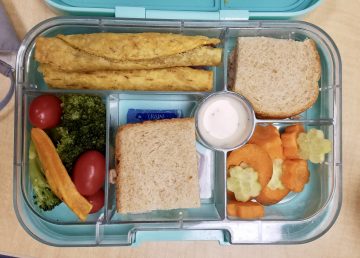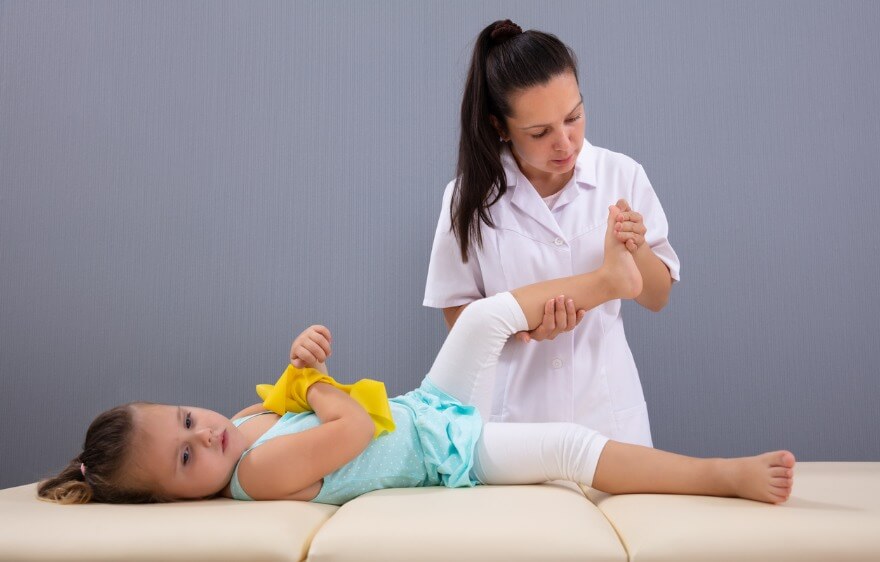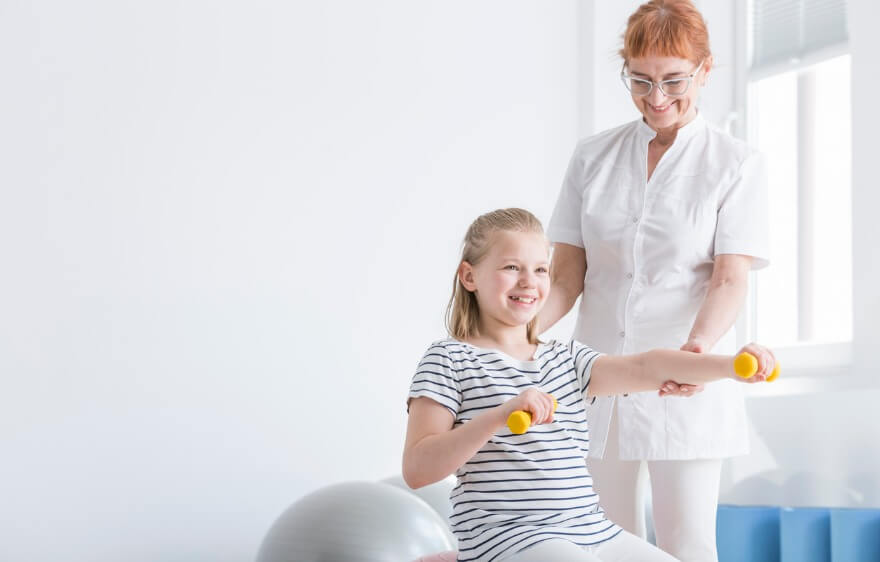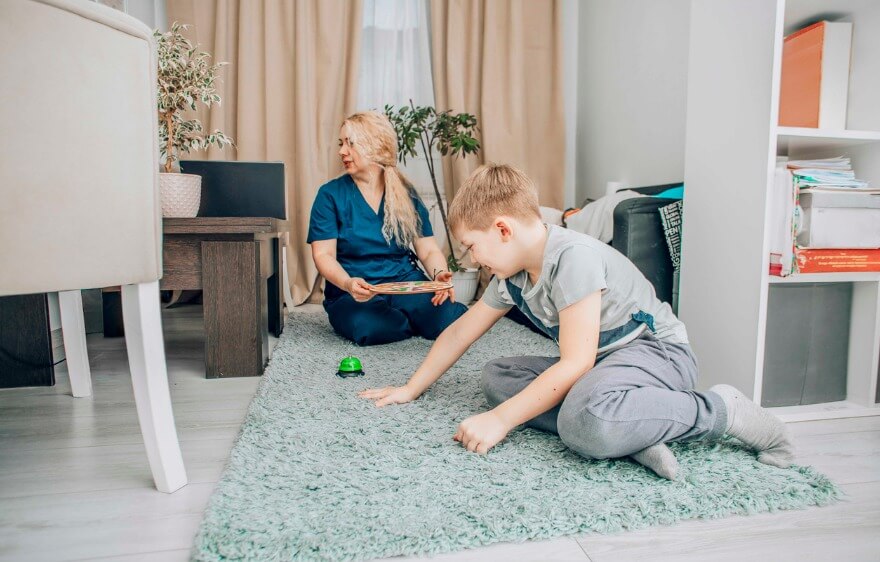It’s the back-to-school season! The beginning of the school year is a great time to establish routines that will set kids up for success. Our occupational therapist, Emily, recently shared 4 back-to-school quick tips to help the whole family get started on the right foot this year.
4 Back-To-School Quick Tips From An Occupational Therapist
1. Try a new lunch box
Does your child have trouble when their food touches or mixes in their lunch box? Or maybe they’re picky about what they like to eat and when? Consider getting a Bento lunch box. Hundreds of varieties exist, but the basic concept is small compartments or containers that allow food to stay separate (and look cute!). A variety of preferred, high-nutritional value foods can be packed in small quantities, staying separate from each other. This improves the chances that your child will get a good lunch to fuel their school day. For our picky eaters, start the year with all familiar and preferred foods. When they are more used to the routine, try adding a small portion of a new food to one of the compartments in their lunch box. Remember, there is no magic number of exposures to get our picky friends to try something new, but it’s important to keep trying!
Bonus tip: Set yourselves up for success by practicing with the new lunch box at home in the days leading up to the first day of school. This way, you can provide your child with the support they need without the pressures of the lunch room, make adjustments as necessary, and build excitement for the school year.

2. Pack the backpack wisely
Kids’ backpacks can get really heavy and unwieldy, especially as they get older and start carrying more items to and from school. If you’re shopping for a new one, look for one with thick, padded straps. Then, when packing a backpack, put the lightest items in the bottom, the heaviest in the middle and near the child’s back, and medium weight on the top. Keep the straps taut so the backpack is well-supported. This puts the least stress on your child’s back and shoulders. Make a routine of cleaning out the pack at the end of every week to ensure only what’s essential is going back and forth. It doesn’t take long for all sorts of treasures to end up squirreled away in the various pockets, and their weight can really add up!
Bonus tip: A child’s backpack should weigh no more than about 10% of their body weight. This means that your 65-pound 3rd grader should have a pack right around 6 pounds. Anything more than that could cause back and nerve damage.
3. Build in recovery time
The first few weeks back at school can be exhausting for you and your child! Try to adjust your evening routine to allow for more relaxed activities with low demands. Relaxation can look different for every child, so let them guide what the evening looks like. Some of our kids can be overwhelmed by the chaos of the classroom and may need low-stimuli activities such as reading a book together, “I Spy” activities, coloring, free play, and hey, maybe even a little extra screen time! Some of our other kids have a hard time sitting still all day and need a chance to wiggle! Try dancing to fun music, going on bike rides, taking walks, jumping rope, doing animal walks, and using couch cushions for a “don’t touch the lava” activity.
Bonus tip: Did you know that people tend to fall into one of for major sensory processing patterns? The Dunn Sensory Processing Framework (DSPF) divides people into Seeker, Sensor, Avoider, and Bystander categories (this article explains each type). Knowing which pattern your child naturally has can help you tailor your evening activities to their needs.
4. Don’t forget about school accommodations
Every child has a right to a free and appropriate public education, and sometimes that means putting some extra support in place to help them succeed in the classroom. The start of a new year is a perfect time to put modifications in place! Alternative seating, noise-canceling headphones, fidgets, “chewelry” (chewable jewelry), weighted vests, or lap pads are all great options depending on your child’s needs. Here is a great list of all sorts of classroom accommodations for students with sensory processing challenges from Understood.org to help you start thinking about what might be possible for your child.
Bonus tip: Don’t assume that your child’s new teacher(s) know about what they need to be successful in the classroom. A quick email during the first week of school to touch base is a good way to get the conversation started and make sure everyone is on the same page from the very start.
Whether you’ve already gone back to school or still have a couple of weeks of summer left, it’s never too late to put these tips into action. And if you’d like more back-to-school tips from our OTs, check out our article Tips for Changes in Routine. Enjoy these last few weeks of summer and a very happy first day of school to one and all!
This post was originally published 8/15/2022 and most recently updated 8/22/2023.





